This is part three of “If I could write about 1 thing to make your tennis better, what would it be?” (see part 1and part 2)
76. “Best backhand return from the deuce court to avoid the net man poaching.” (in doubles)
– Hitting inside-out backhands from the deuce side to avoid the net player is a tough task indeed. Have you tried to hit the backhands hard at the net player? If you do that, they might not want to poach, knowing that the ball will come in their direction next time. Just make sure you let your net partner know that you’ll hit the backhand return at the net player so that they get ready to react to the opposing net player’s reply.
If you have a weak backhand, you could consider lobbing your return of serve.
Overall, communicating with your partner in regard to your return intention is key in doubles so that they also know what to expect.
77. “If I had to ‘make a wish’ it would be for court geometry and the building of points.”
– We have a great section at WebTennis24 where the court geometry in singles and doubles is covered.
78. “How to play the net position in doubles.”
– According to your level of performance, there are certain positioning tactics and roles you should assume when playing at the net. See the Tennis Tactics for Singles and Doubles for in-depth lessons and tips for playing at the net in doubles.
79. “I would like to see what the pros “see and think” during an exchange. Example: I hit a hard ball to the forehand corner of my opponent and I start to come in. Often I would at where my ball is landing and then see my opponents coming in my field of vision just in time to hit the ball on the run.
Last summer I was passed down the line like that and I realized that had no clue about what was coming. If I had watched my opponent earlier, I would have seen that he was running parallel to the line and not coming in slightly in a diagonal. Running at full speed like that the probability of hitting a good crosscourt was low (at my level at least, 3.5-4.0).
I am sure that there is a lot of time when I’m not watching what and where I should be watching. I try to watch the racquet of my opponent too, to see pass or lob, hard shot or drop shot but there must be more to that. What do the pros see?”
– I think that you are on your way to achieving a good read for your opponents’ body language and anticipation. The fact that you are asking and paying attention to that, in time you will get better. The pros all started as you are right now – paying attention and analyzing their opponents’ movement and racquet path just before contact, got better the more they played.
Pay attention to your court position too; it can cut the angles and put you closer to the next ball.
80. “How to control the distance from the ball and the timing.”
– Check the answer no. 66, here.
81. “Doubles strategy”
– I would say, everything you need about doubles strategy and tactics can be found in the Doubles Tennis Tactics section where you’ll learn how to play different types of teams, players, how to serve, when to poach, and so much more.
82. “Hitting mid-court volleys (I play a lot of doubles) with pace and depth. Should I hit a swinging volley?”
– The swinging volleys are great and I personally like to use them a lot in my doubles matches (and singles too). The key is to time your swing and make contact with the ball chest- or shoulder-high. If the ball drops below net level don’t think about hitting a drive volley…
83. “I play doubles mostly and I believe I have every aspect of the game except being able to volley from mid-court. Hence, my serve and volleys are not that effective unless I get closer to the net such as midway into the service box. This is not always possible given that sometimes the ball comes back at my feet right after I land on the court. What should I do?”
– You can do the following:
1) stay back after the serve and advance to the net on the next shot
2) develop a better half-volley (bend the knees and work on your balance)
84. “psychology and strategy”
– For strategy, see the answer at no. 81. Some interesting (I hope) articles in regard to how to “see” every tennis stroke were written in the Mental Tennis section at WebTennis24.com. You might find it very interesting.
85. “I would write about drills to improve preparation and reaction time.”
– My suggestion is for you to consciously practice (not during a match) the following: as soon as you recognize the ball coming to a certain side (e.g. forehand), turn the shoulders and get the racquet set behind the ball before it bounces on your side of the court. Stay low during the rally so you can have a good balance.
In regard to reaction, you can find lots of drills in the Speed & Conditioning section at WebTennis24 Training.
Consistent practice creates habits. Do it often in practice and it will become automatic in the match.
86. “My biggest help would be in constructing points. Knowing what shots to hit and when.”
– This is a plan I have for the future; stay in touch! (:
87. “In a word, ANTICIPATION.”
– Anticipation in tennis has a lot to do with your knowledge of court positioning and body language (based on which you can tell your opponent’s shot selection). With conscious analysis of the two aspects, you’ll be able to anticipate more and more of your opponent’s intentions.
88. “How to be more aggressive. I find myself not taking a chance, especially poaching at the net or hitting the ball as hard as I know I can. I always lay off for the safe shot or just stand at the net, afraid to take a chance for fear of missing the point or upsetting my partner.”
– These two aspects (missing a shot and upsetting our partner) are what hold us from playing tennis at full potential.
I can tell you that at the end of the match, you’ll feel worse if you hold back than upsetting your partner. After all, if your partner does not understand your effort then you should look out for a different one.
It is also important that you can communicate with your partner letting them know that you want to play aggressively and therefore sometimes you might make a mistake.
Find a partner that understands and is willing to work with you. It is no use to continue playing for fear of missing or upsetting someone. Tennis is meant to be enjoyed and progress to be made. There is no progress playing in the comfort zone!
89. “Return of serve from backhand side to include returning kick serves.”
– It depends on how much kick the server can deliver: how high the ball bounces and how fast. Also, you should specify whether you hit a one-handed or two-handed backhand.
You can control the kick serve better with two hands while the one-handed backhand is more difficult.
Position yourself further back to gain more time, and wait for the ball to lower and lose some of its speed.
Mostly, as with any kind of extra-spin serve, make sure you avoid blocking the ball; instead, try hitting hard through the ball to counteract the force of the spin.
90. “Serve”
– See the answer to no. 20, here.
91. “Is there one part of a swing motion (forehand for instance) that all players do the same if the result is the same?”
– Most of the top players have some common elements that allow them to hit the ball with more power and control. One of them is the short back-swing. Prepare the racquet behind the incoming ball and avoid any unnecessary movements.
Find the most effective way for you to hit the ball early and relax.
92. “Backhand (two-hand) down the line.”
– For sending the ball down the line (regardless of forehand and backhand), wait for the ball to get closer to you (hit it a bit late) and you’ll find yourself directing it down the line with ease. The opposite is true: hitting the ball early allows you to send the ball cross-court.
93. “I would be glad to fasten my backhand stroke (two hands).”
– Work on hitting the ball early, keep your hands relaxed on the grip, loosen the tension of your strings… and mostly understand the difference between pulling the racquet versus pushing it through the ball. Pulling it gives you more power than pushing the racquet through.
94. “Maybe a checklist of skills and tactics. Sometimes people don’t work on things simply because they aren’t thinking of them. For example, slicing from the baseline – high, medium, low. And when/why to choose this shot.”
– Excellent ideas; great material for the future. Thank you!
95. “I would be grateful if you would address the use of the front leg in creating proper North-South and East-West distance from the ball (if not hitting from an open stance).”
– To be honest, I am not that detailed in regard to footwork. I think it should be as natural as possible and not have to think too much while striking the ball. In my opinion, short steps and good balance, are more important than the angle and distance the feet are from the ball.
There are many coordination, speed and balance exercises at WebTennis24.com – apply them at least 3 times per week and you’ll see the improvement in this area.
96. “How to stop choking! My son (17 years old) often is up a set and a break, then finds a way to lose the match. He also can be up 40-0 or 40-15 and end up going to deuce or worse. Helping him learn to close out games, sets and matches is something I’d love to hear more about. Thanks!”
– I’ve talked about this subject; please check no. 13, on this page.
97. “Regarding your question: as for my daughter it definitely would be footwork. My daughter started training more intensively approx 1.5 years ago when she was already almost 13 y.o. She improves quickly since we started training 5-6h weekly instead 1-2h previously but footwork is the biggest pain point for now. You have many drills in this area but we would use even more. In particular:
– drills for tennis movement patterns – to transition from just running on the court to typical tennis movements
– drills to start moving towards the ball earlier (anticipate better)
– separation of legs movement and swing (or I would say performing them in parallel with the right timing and rhythm). She often starts swinging, then moving and then it is too late
– drills to improve the habit to return to the court center.”
– Some of the drills you mention are at WebTennis24.com already but I’ll make some notes for future videos also.
98. “How do I handle the high balls? How do I practice to hit on the rise?”
– Timing is key in hitting high balls on the rise. You can easily practice them by asking a tennis partner or a local coach to feed you some high balls.
Technically, prepare early and try making contact with them chest- or shoulder-level, swinging up and across the body (some call it windshield wiper motion). Imagine you’re rolling the strings over and across the ball. Hit them with confidence.
In regard to footwork, try shortening your steps as you get close to the ball. It will help you with timing and balance.
99. “WHETHER YOU ARE A BEGINNER, AN AVERAGE OR AN ADVANCED PLAYER YOU ARE MOST LIKELY TO TENSE YOURSELF IN CRITICAL MATCH SITUATIONS.
WHAT WOULD IT BE YOUR BEST ADVICE TO MAINTAIN OURSELVES LOOSE AND PERFORM ACCORDINGLY ( SPECIALLY WHEN IT COMES TO OUR GRIP AND ARM TENSION) IN THESE BIG POINTS…?”
– This too I’ve answered in the previous posts; check the answers here and here.
100. “Cosmin, rec players like myself sometimes go through an entire 3-set match repeating the same mistakes….like not finishing the forehand swing….or forgetting to hit up & out on my serve…. or trying to use my legs more, etc. After years of frustration, I now have a short ” movie script” ( a screenplay) of things I need to do and I watch this movie a minimum of 3 times before I step on the court. This is a specific “visualization” tip, but will only work if the student takes the time to make the script and then be disciplined enough to review it before picking up a racquet!”
– I have the feeling that you are focusing too much on the technical part, during a match, when you should be focusing instead on tactics.
All the things you have mentioned should be worked on in practice – have a coach or sparring partner feed balls or rally with you while focusing on the technical aspects. After you go through a lot of repetition (in practice), you’ll find them just happening, out of the habits you created, during the match.
Do not work on your technical aspects while playing a match.
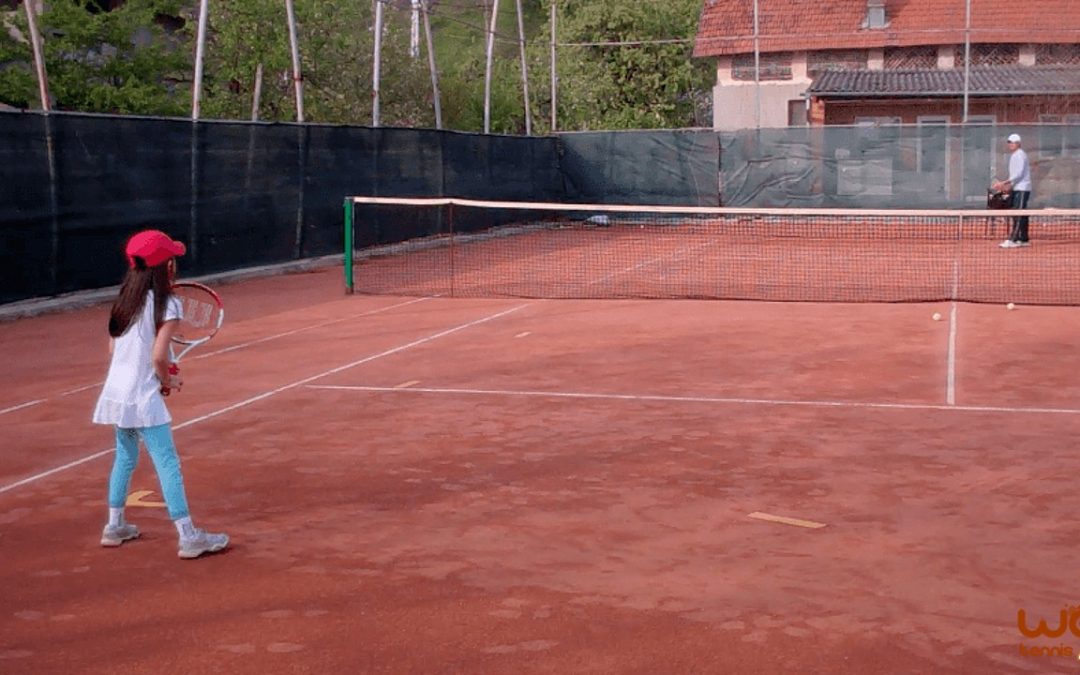
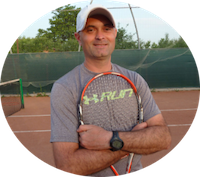

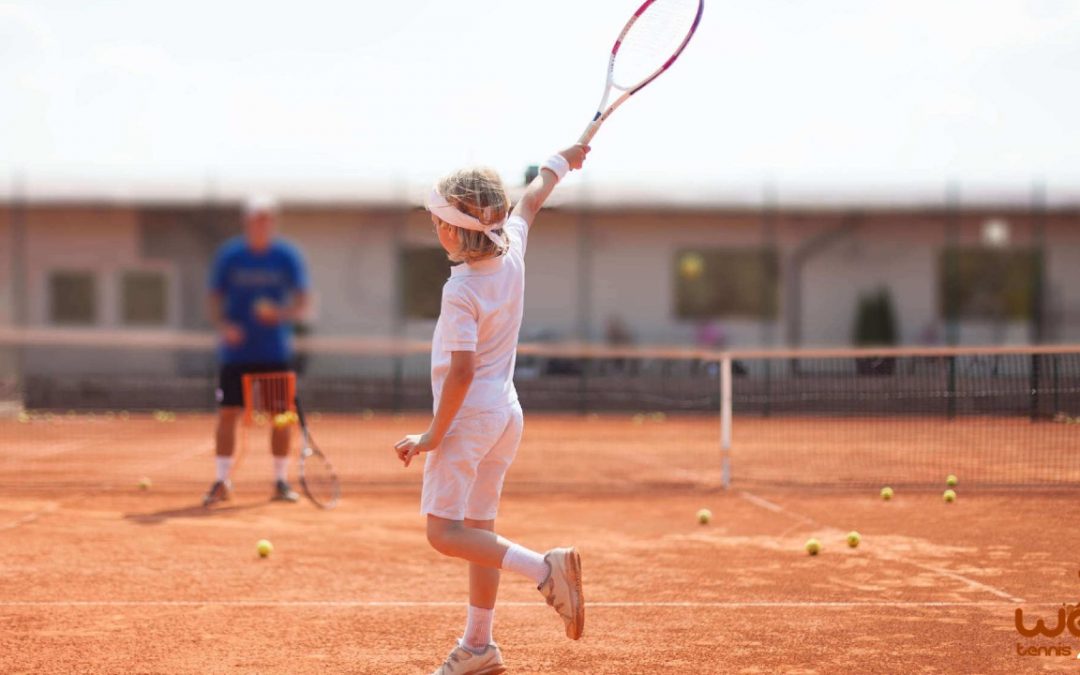
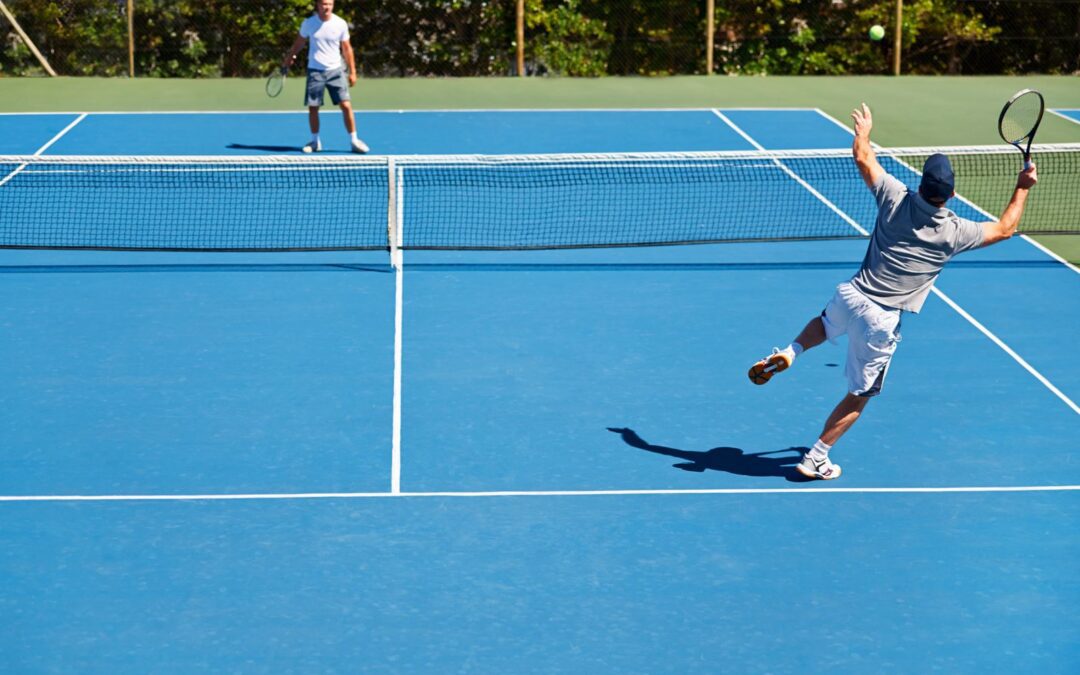
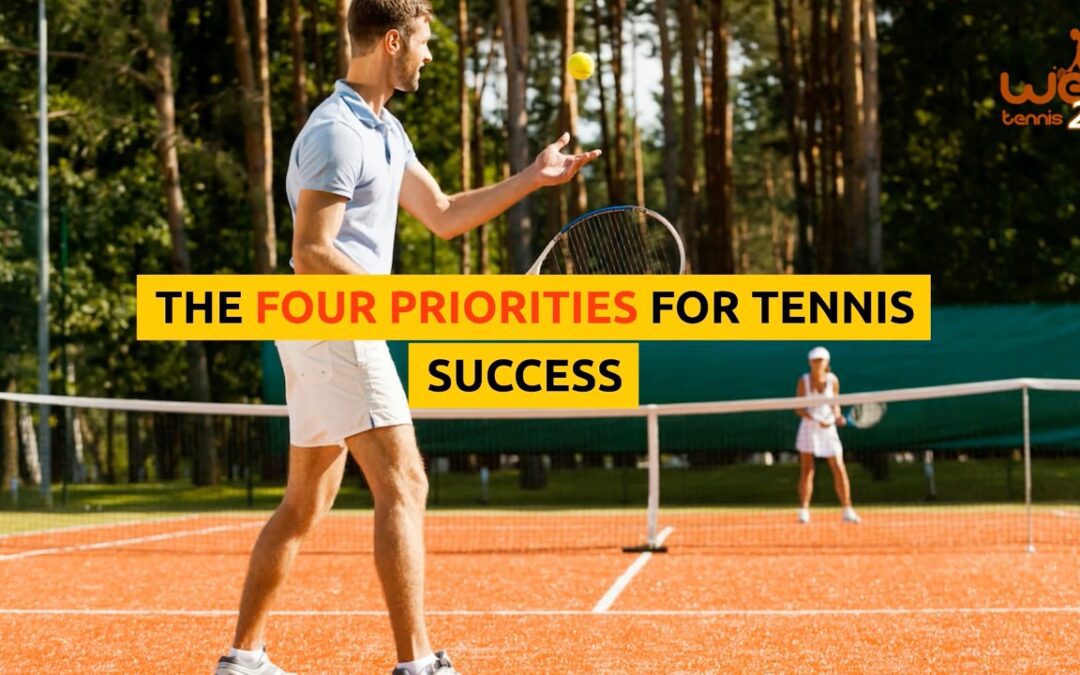
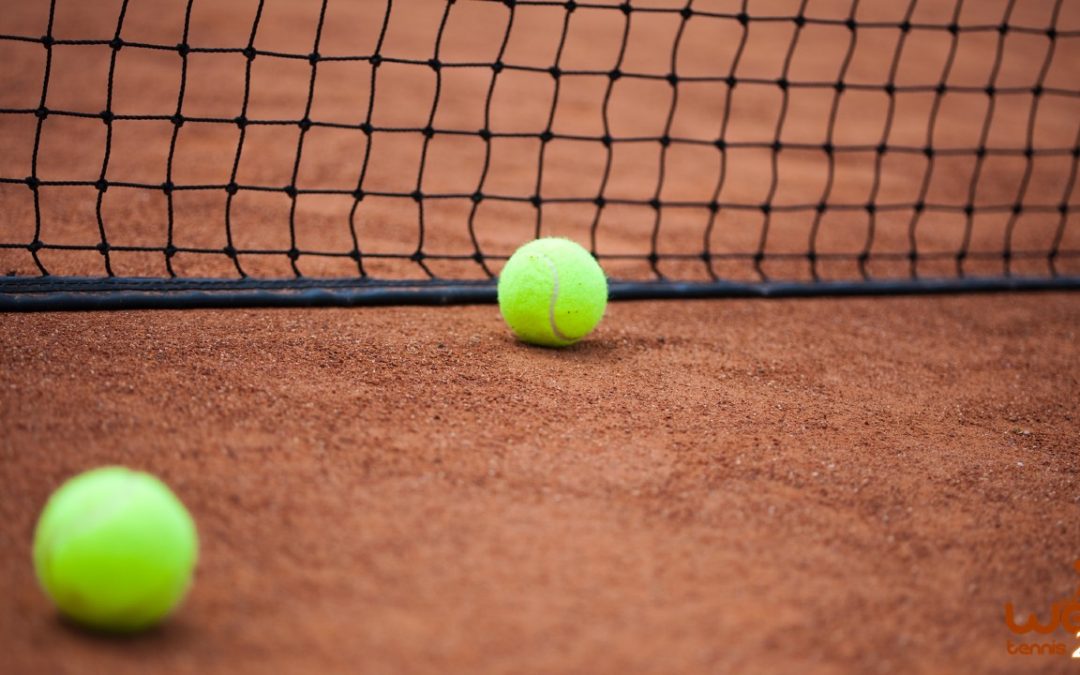
![[Some Of The] Best TENNIS DRILLS From WebTennis24](https://www.webtennis24.com/wp-content/uploads/2014/12/Basket_Drills_Tennis_Coach_New_WebTennis24-1080x675.jpg)
